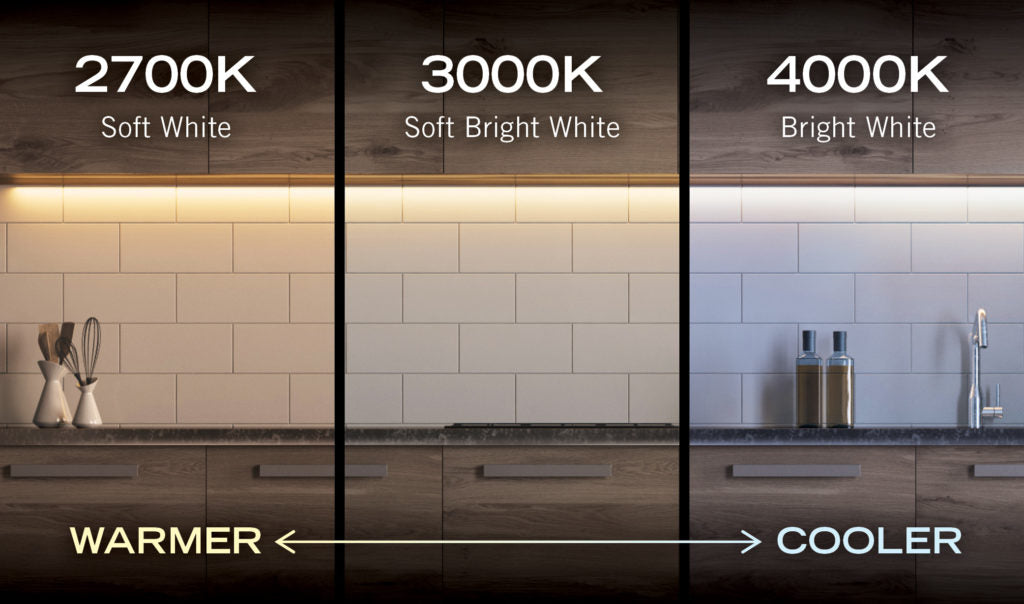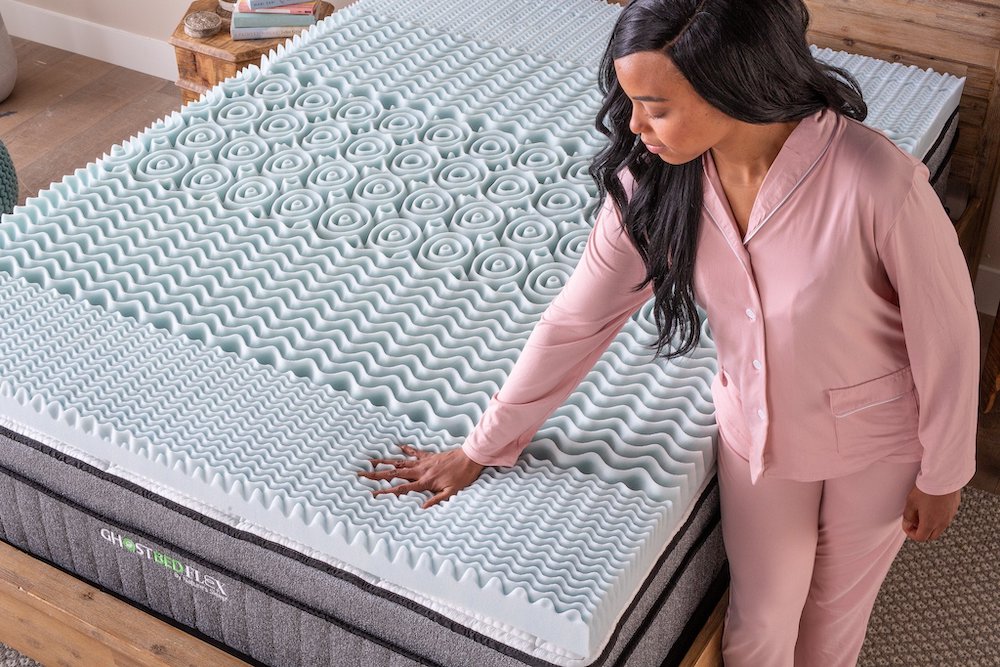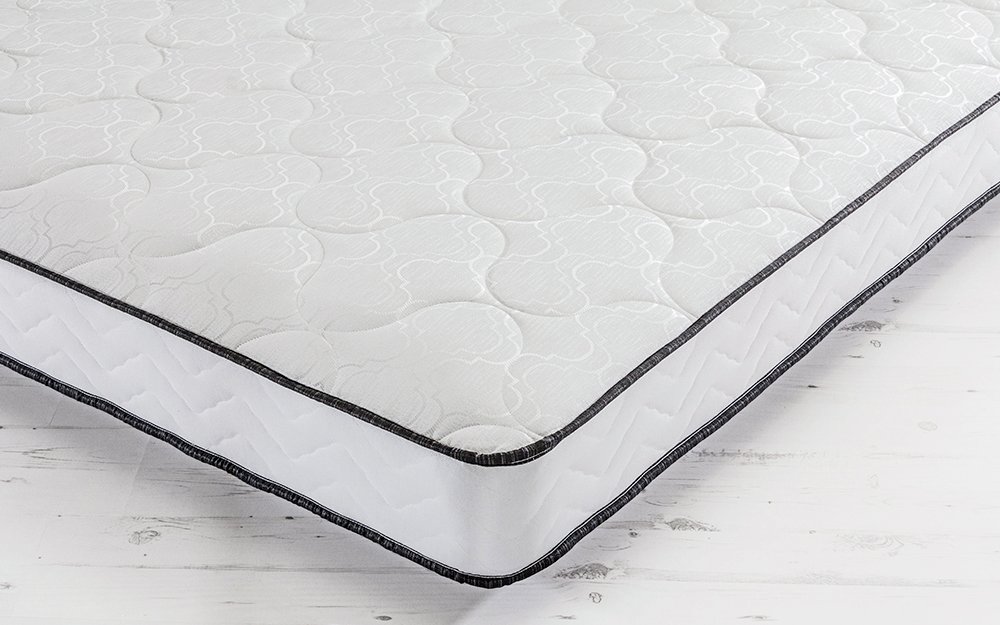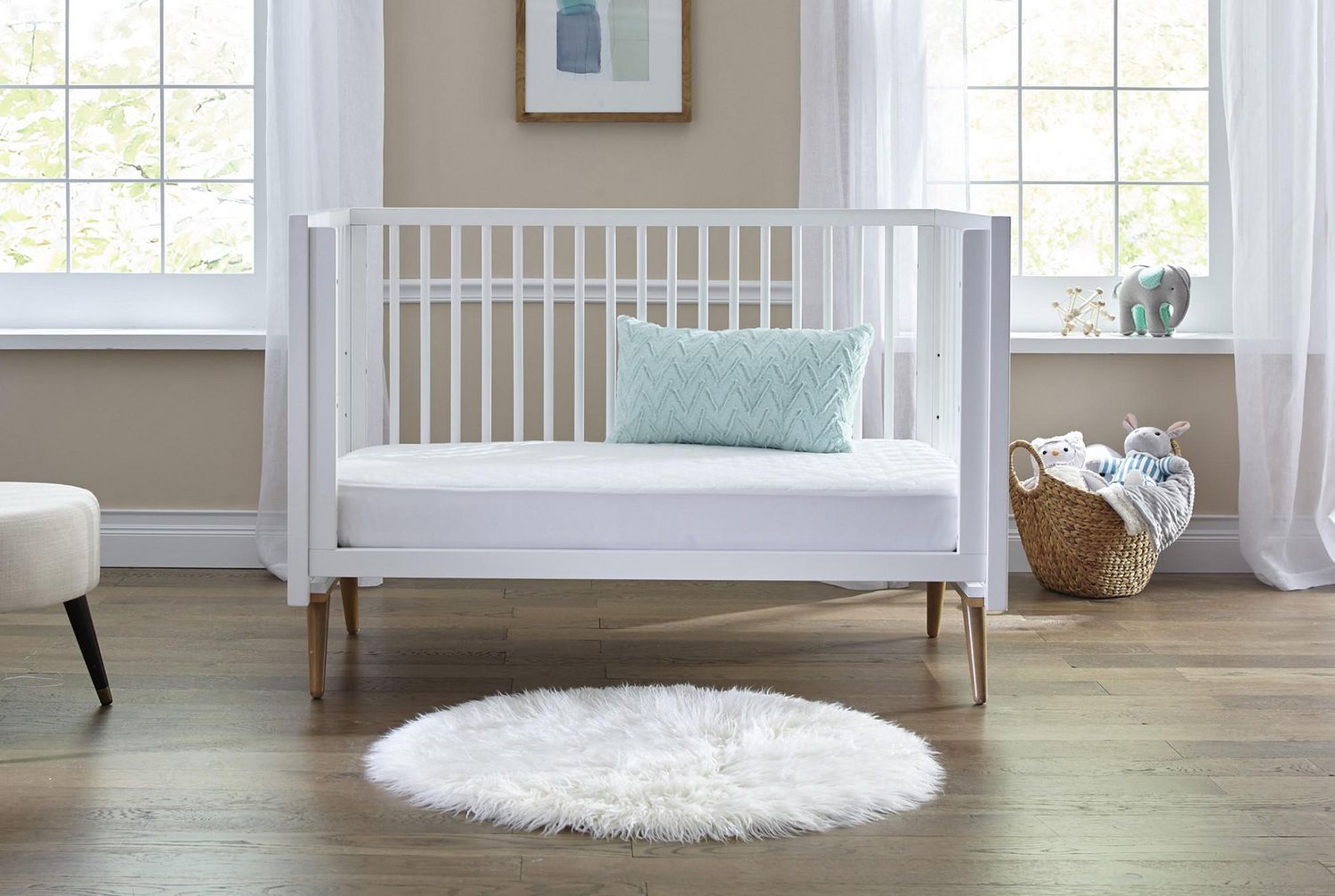When designing your living room, one of the most important elements to consider is lighting. Not only does lighting serve a functional purpose, but it also plays a crucial role in creating the overall atmosphere and mood of the space. And one factor that greatly affects the ambiance of a room is color temperature. In this article, we will delve into the top 10 main living room lighting color temperatures and how to choose the best one for your space. Living Room Lighting Color Temperature: Enhancing Your Space with the Right Hue
The first step in choosing the right color temperature for your living room lighting is understanding the different options available. Color temperature is measured in Kelvins (K) and ranges from warm to cool hues. Warm lighting, typically in the range of 2700K to 3000K, has a yellowish glow that creates a cozy and inviting ambience. On the other hand, cool lighting, usually between 3500K to 5000K, has a bluish-white tint that appears more energizing and modern. Best Color Temperature for Living Room Lighting: Finding the Perfect Balance
When deciding on the color temperature for your living room lighting, it's essential to consider the function of the space and the overall style you want to achieve. For instance, if your living room is primarily used for relaxation and entertaining, warm lighting may be the best choice as it creates a more intimate and comfortable atmosphere. However, if your living room is a multipurpose space, cooler lighting can provide a more versatile and functional lighting solution. Choosing the Right Color Temperature for Your Living Room Lighting: Consider Your Space and Needs
The difference between warm and cool lighting goes beyond just the color of the light. The hue of the lighting can also impact the perceived size and depth of a room. Warm lighting tends to make a space feel smaller and cozier, while cool lighting can make a room appear more open and spacious. Additionally, the color temperature can also affect the colors in your living room, with warm lighting bringing out warmer tones and cool lighting enhancing cooler tones. Warm vs Cool Lighting for Living Room: Understanding the Effects on Your Space
When it comes to living room lighting, LED bulbs are a popular choice due to their energy efficiency and versatility. LED bulbs come in a range of color temperatures, making it easy to find the perfect hue for your living room. They also last longer than traditional incandescent bulbs and emit less heat, making them a safer and more cost-effective option in the long run. LED Color Temperature for Living Room: The Energy-Efficient and Versatile Option
Now that you have a better understanding of color temperature and its impact on your living room, here are a few tips to help you set the perfect hue for your space. First, consider the natural light in your living room and choose a color temperature that complements it. Next, layer your lighting by combining different color temperatures for a more dynamic and visually appealing space. Lastly, don't be afraid to experiment and adjust the color temperature as needed to find the right balance for your living room. How to Set the Perfect Color Temperature for Your Living Room Lighting: Tips and Tricks
As mentioned earlier, lighting plays a significant role in creating the overall atmosphere of a room. The color temperature you choose can greatly impact the mood and ambiance in your living room. For example, warm lighting can create a cozy and intimate atmosphere, perfect for unwinding after a long day. Cool lighting, on the other hand, can help energize and invigorate the space, making it ideal for hosting gatherings and events. The Impact of Color Temperature on Living Room Lighting: Creating the Desired Atmosphere
When it comes to lighting design, there is no one-size-fits-all solution. Your living room is a reflection of your personal style and preferences, and the lighting should reflect that as well. Take the time to experiment with different color temperatures and lighting techniques to find what works best for your living room. Don't be afraid to mix warm and cool lighting to create a unique and personalized ambiance that truly brings your space to life. Tips for Creating the Perfect Color Temperature in Your Living Room: Bringing Your Vision to Life
Color temperature is a crucial element in living room lighting design. It not only impacts the atmosphere and mood of the space but also affects how your living room furniture and décor appear. Choosing the right color temperature can help enhance the colors and textures in your living room, creating a more visually appealing and cohesive design. Don't overlook the power of color temperature in elevating your living room's overall aesthetic. The Importance of Color Temperature in Living Room Lighting Design: Elevating Your Space
When it comes to lighting design, it's all about creating balance and harmony in your space. The color temperature of your living room lighting should work in harmony with other design elements such as your furniture, décor, and wall colors. By choosing the right color temperature, you can enhance the beauty of these elements and create a cohesive and inviting atmosphere in your living room. In conclusion, color temperature is an essential factor to consider when designing your living room lighting. It not only affects the functionality of the space but also plays a significant role in creating the desired atmosphere. With the tips and information outlined in this article, you can confidently choose the right color temperature for your living room and elevate your space to new heights. How to Use Color Temperature to Enhance Your Living Room Lighting: Bringing Balance and Harmony
The Importance of Choosing the Right Color Temperature for Your Living Room Lighting

Understanding Color Temperature
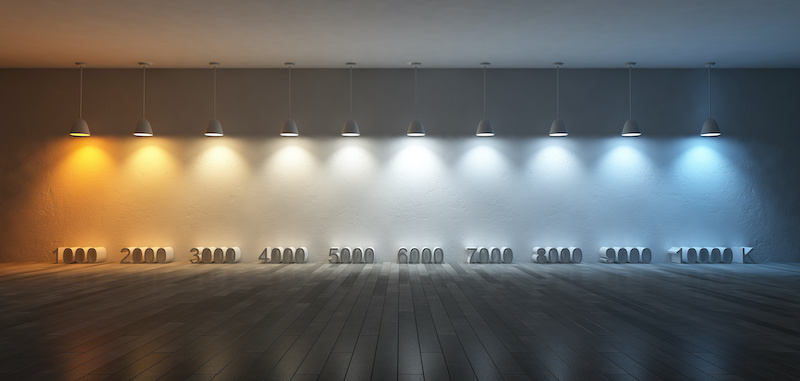 When it comes to designing your living room, lighting is a key element that can make or break the overall look and feel of the space. And one important factor to consider when choosing your lighting is the color temperature.
Color temperature
refers to the appearance of light, specifically how warm or cool it appears to the human eye. It is measured in Kelvin (K) and can range from warm (reddish) to cool (bluish) tones. The right color temperature can greatly enhance the atmosphere and mood of your living room, while the wrong one can make it feel uncomfortable and uninviting.
When it comes to designing your living room, lighting is a key element that can make or break the overall look and feel of the space. And one important factor to consider when choosing your lighting is the color temperature.
Color temperature
refers to the appearance of light, specifically how warm or cool it appears to the human eye. It is measured in Kelvin (K) and can range from warm (reddish) to cool (bluish) tones. The right color temperature can greatly enhance the atmosphere and mood of your living room, while the wrong one can make it feel uncomfortable and uninviting.
The Impact of Color Temperature on Your Living Room
 The color temperature of your living room lighting can have a significant impact on the overall look and feel of the space.
Warm colors
(ranging from 2700K to 3000K) create a cozy and inviting atmosphere, perfect for spaces where you want to relax and unwind. These colors are often associated with traditional and rustic designs.
On the other hand,
cool colors
(ranging from 3500K to 6000K) create a more energetic and modern atmosphere. They are often used in contemporary and minimalist designs, as they provide a clean and crisp feel to the space. However, too much cool lighting can make the room feel harsh and unwelcoming.
The color temperature of your living room lighting can have a significant impact on the overall look and feel of the space.
Warm colors
(ranging from 2700K to 3000K) create a cozy and inviting atmosphere, perfect for spaces where you want to relax and unwind. These colors are often associated with traditional and rustic designs.
On the other hand,
cool colors
(ranging from 3500K to 6000K) create a more energetic and modern atmosphere. They are often used in contemporary and minimalist designs, as they provide a clean and crisp feel to the space. However, too much cool lighting can make the room feel harsh and unwelcoming.
Choosing the Right Color Temperature for Your Living Room
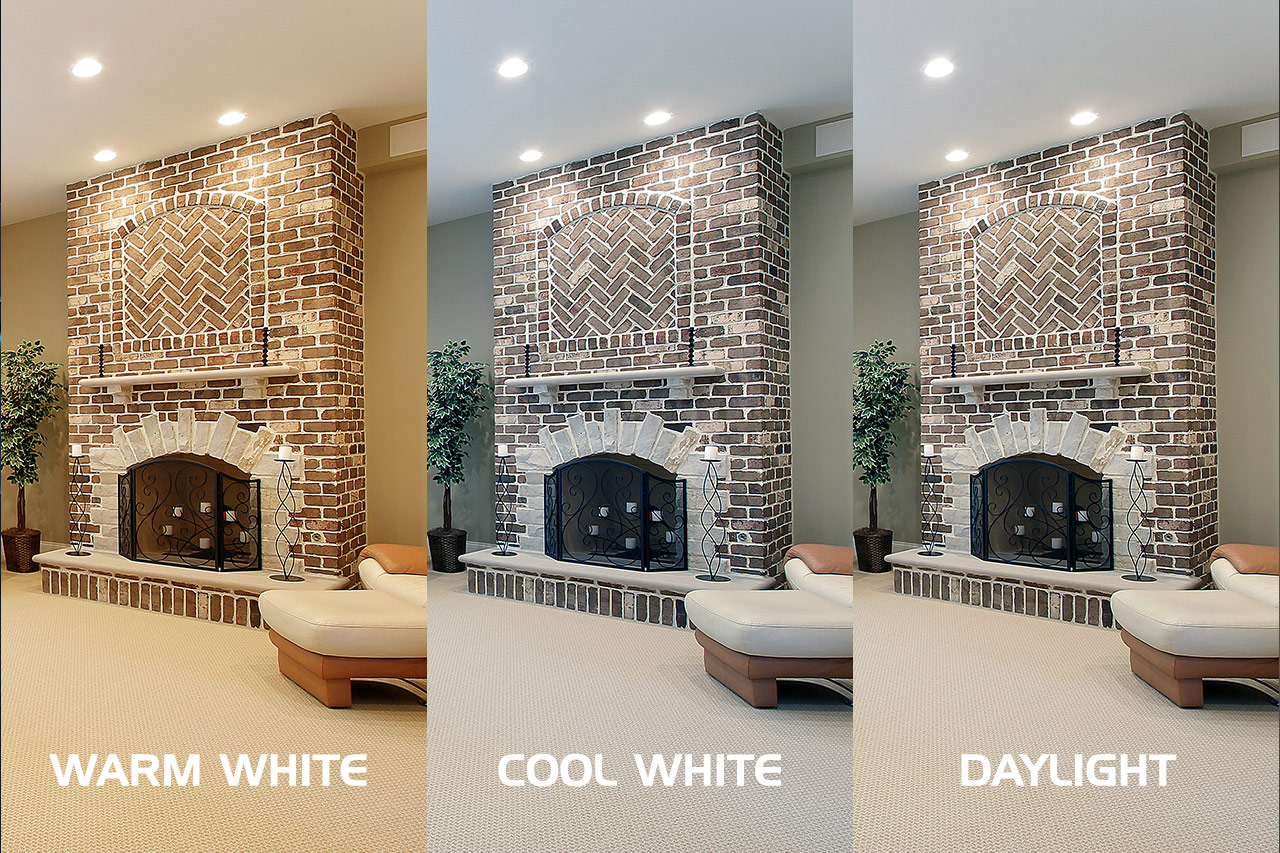 When choosing the color temperature for your living room, it is important to consider the function of the space. If it is a room where you spend most of your time relaxing, such as a family room or a reading nook, warm colors would be the ideal choice. However, for spaces where you need to be more alert and focused, such as a home office or a study area, cooler colors would be more suitable.
It is also important to consider the
color scheme
of your living room. Warm colors work well with earthy tones, while cool colors complement brighter and bolder colors. You can also mix and match different color temperatures to create a layered and dynamic look in your living room.
When choosing the color temperature for your living room, it is important to consider the function of the space. If it is a room where you spend most of your time relaxing, such as a family room or a reading nook, warm colors would be the ideal choice. However, for spaces where you need to be more alert and focused, such as a home office or a study area, cooler colors would be more suitable.
It is also important to consider the
color scheme
of your living room. Warm colors work well with earthy tones, while cool colors complement brighter and bolder colors. You can also mix and match different color temperatures to create a layered and dynamic look in your living room.
In Conclusion
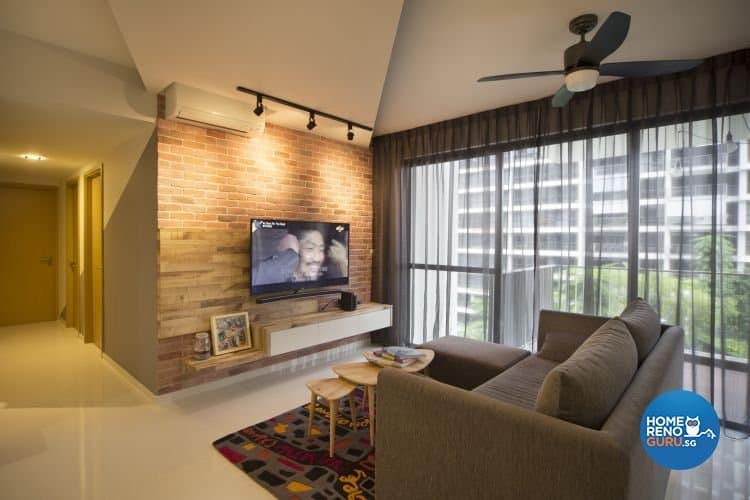 The color temperature of your living room lighting plays a crucial role in creating the desired atmosphere and mood in your space. By understanding the impact of different color temperatures and considering the function and color scheme of your living room, you can choose the right lighting to enhance the overall design and ambiance of your home.
The color temperature of your living room lighting plays a crucial role in creating the desired atmosphere and mood in your space. By understanding the impact of different color temperatures and considering the function and color scheme of your living room, you can choose the right lighting to enhance the overall design and ambiance of your home.



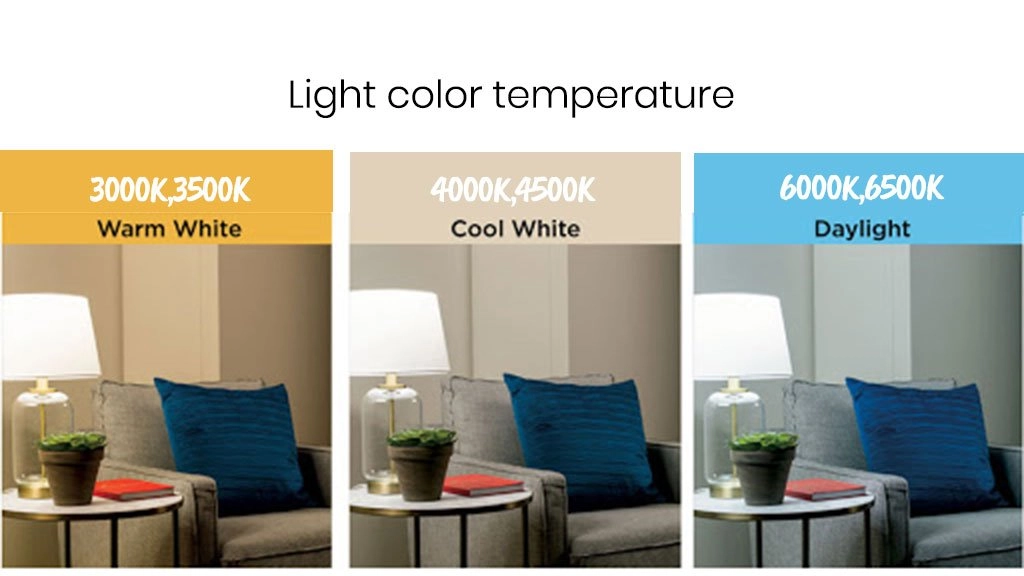
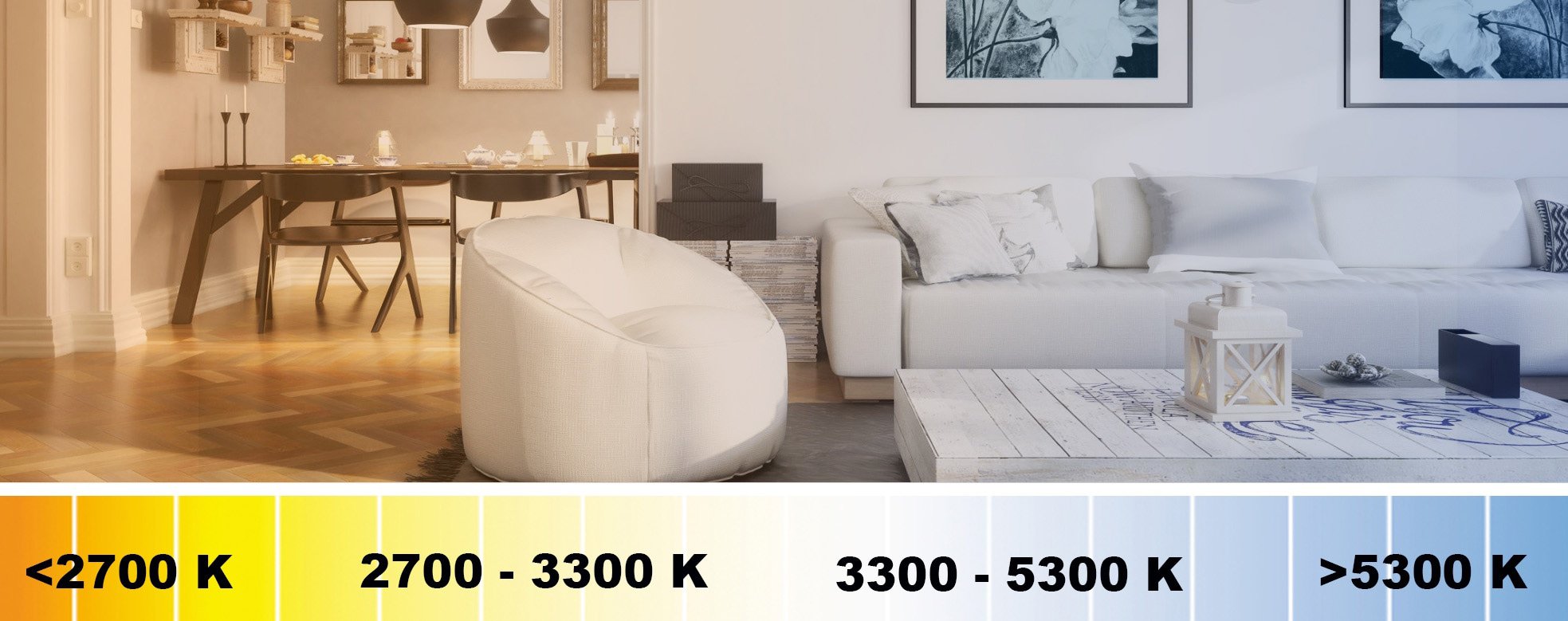


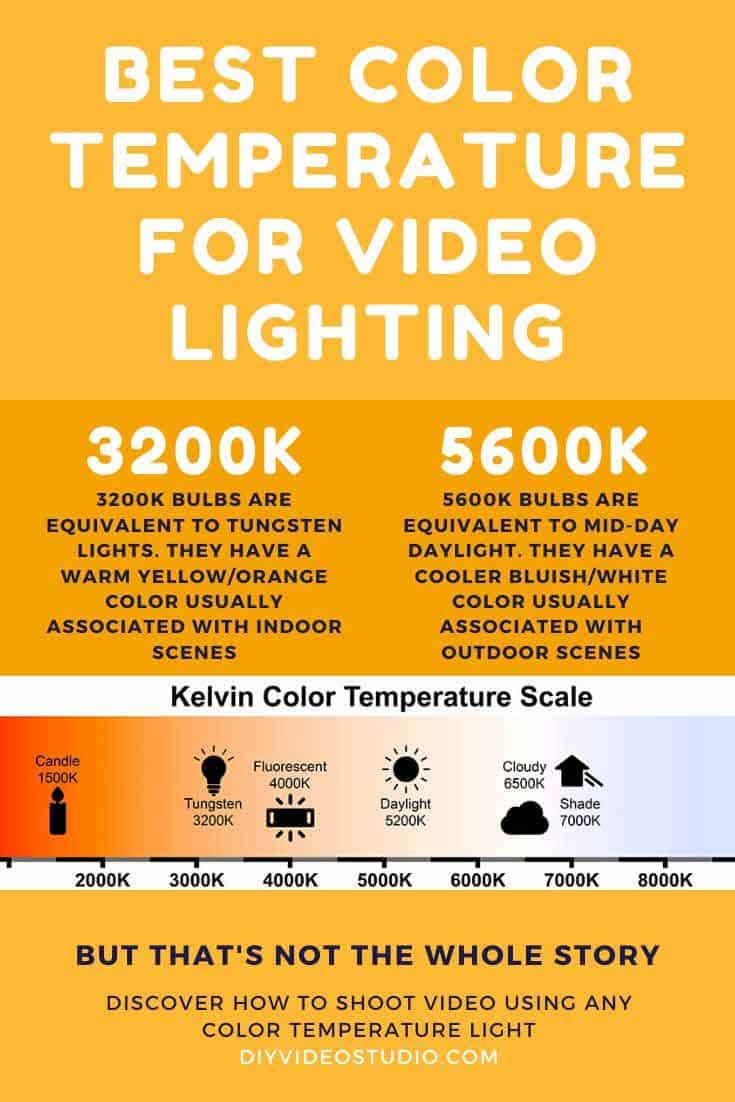
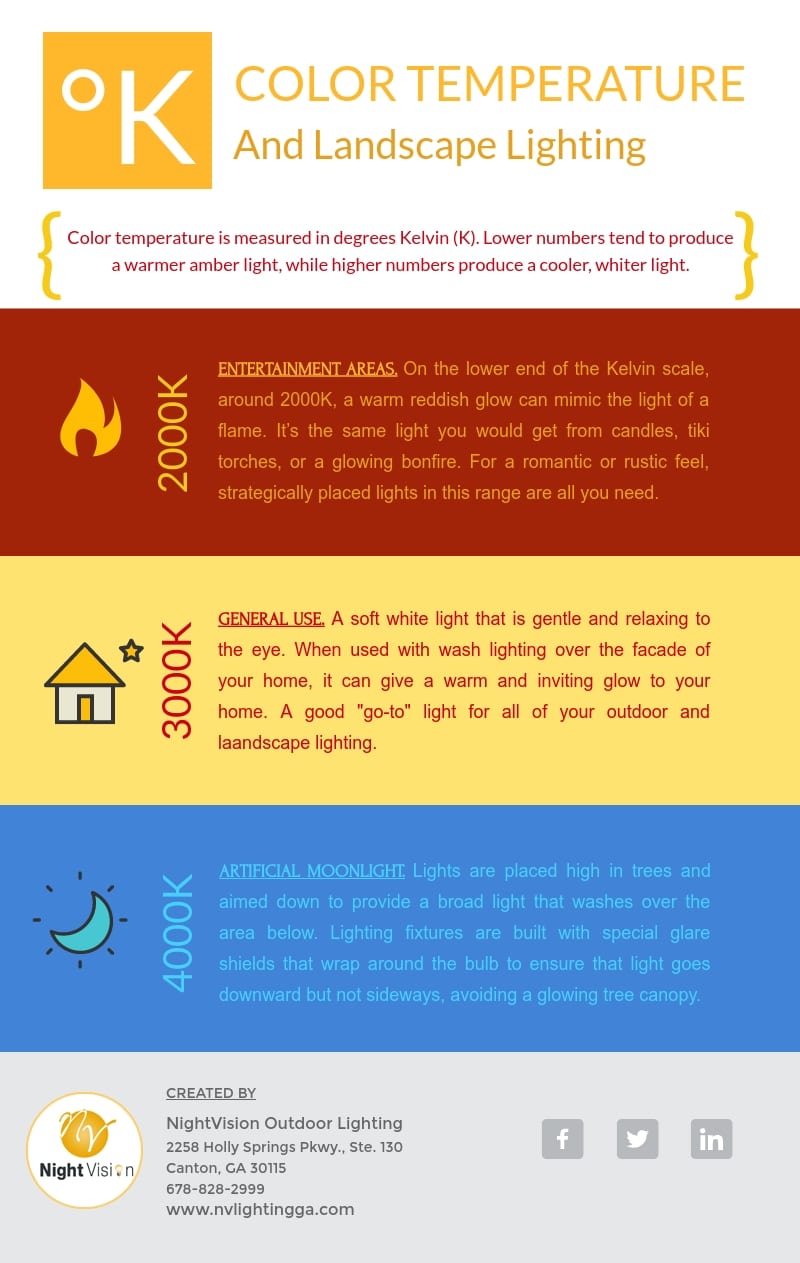


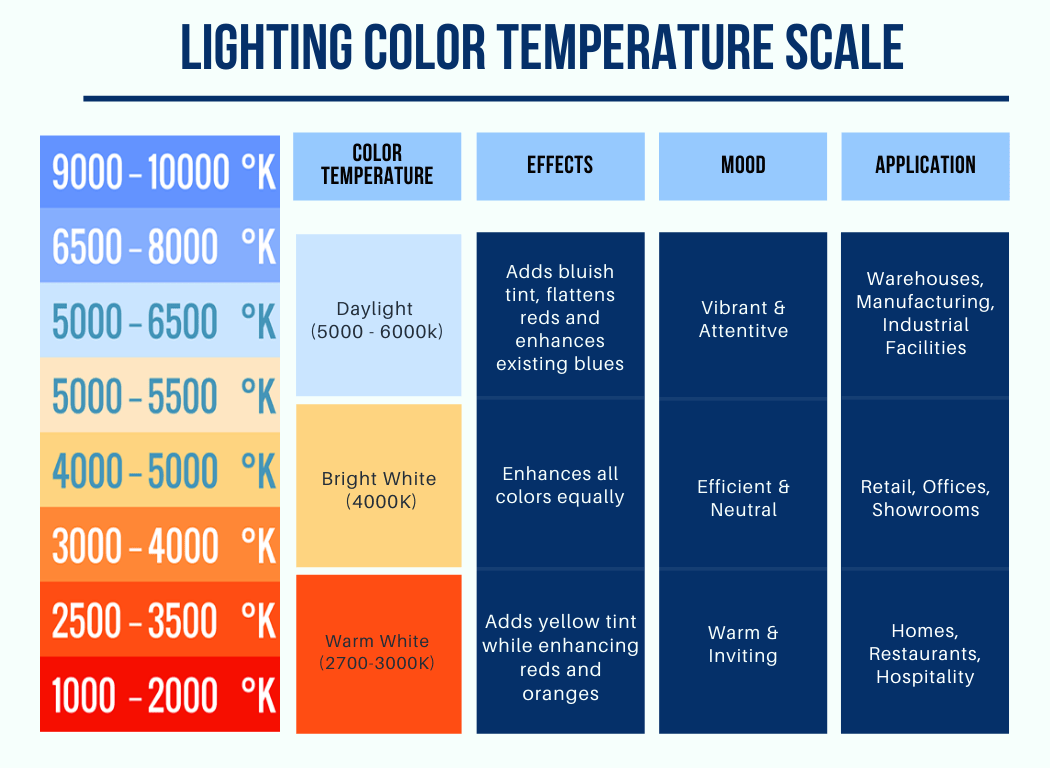
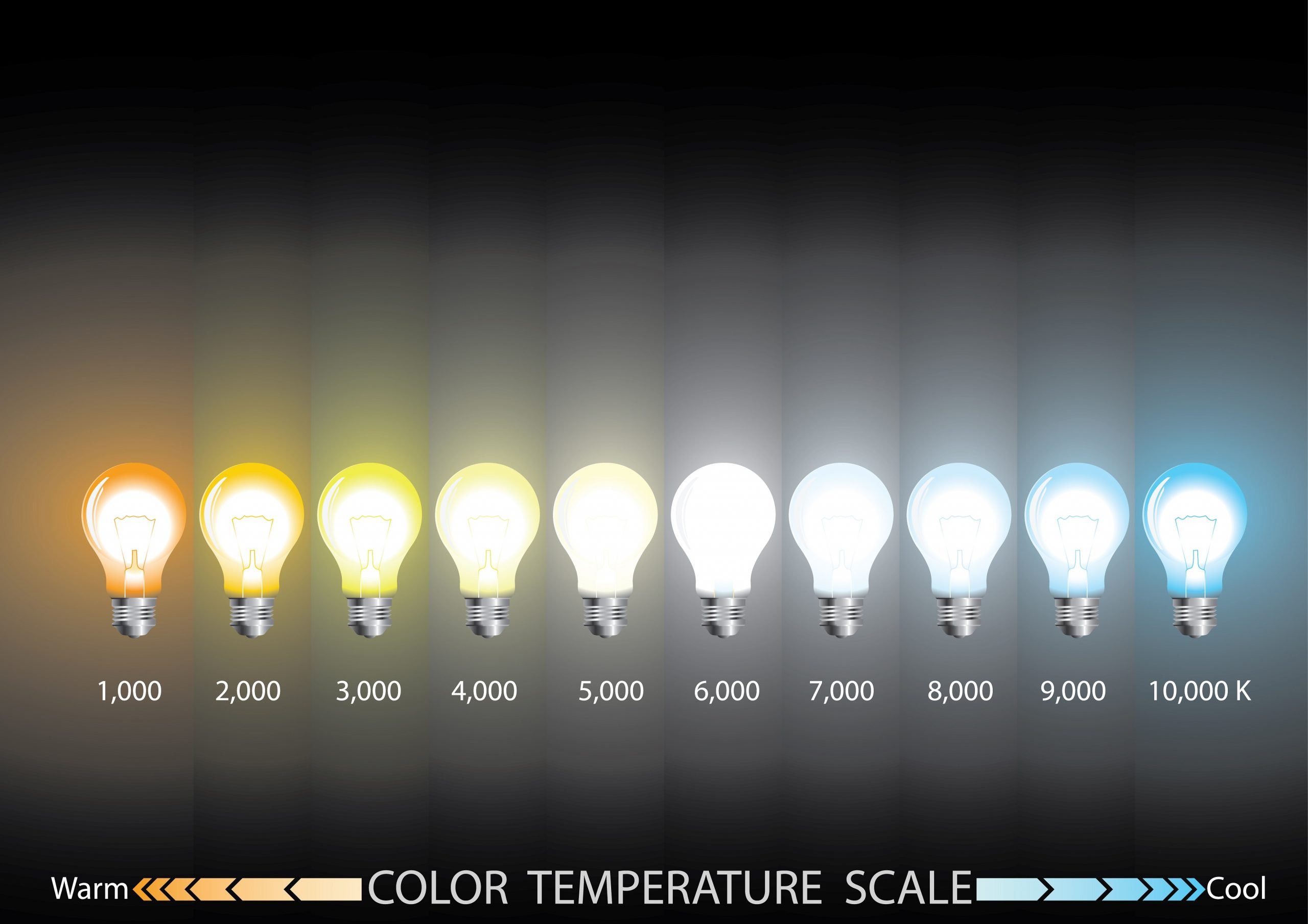



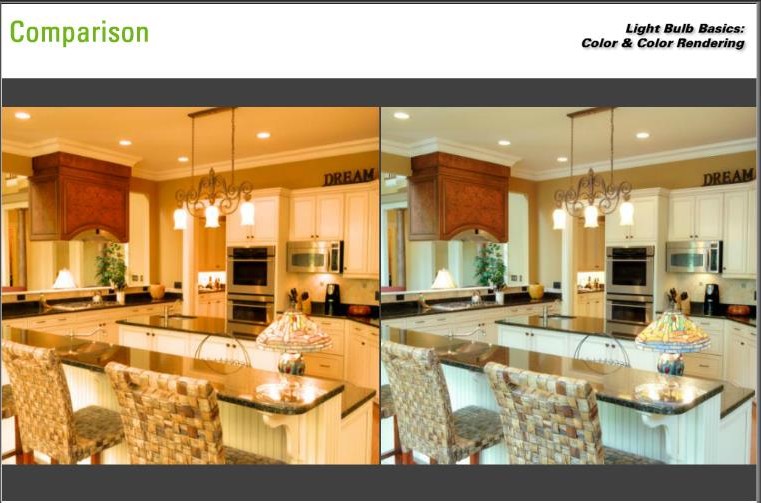
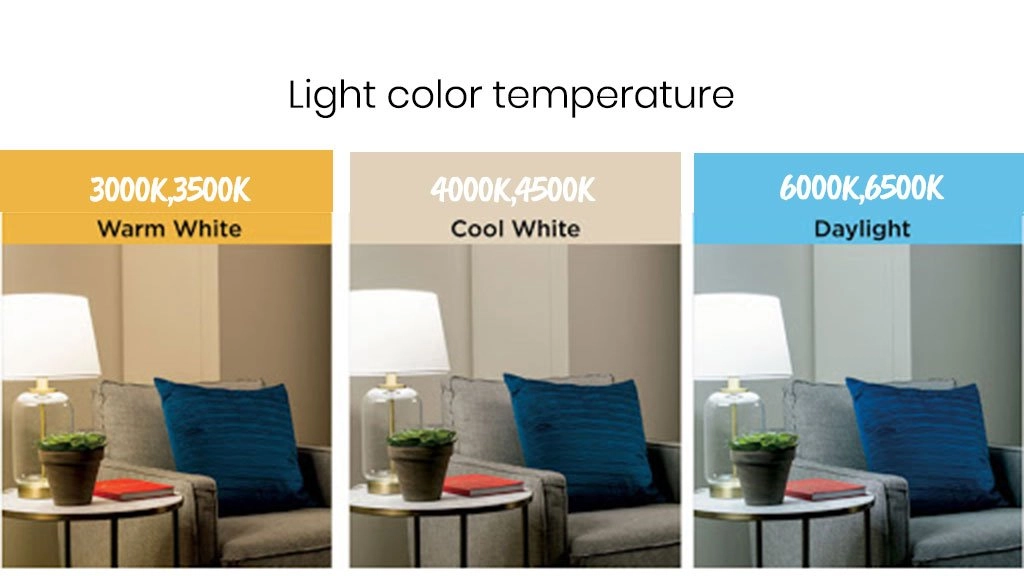




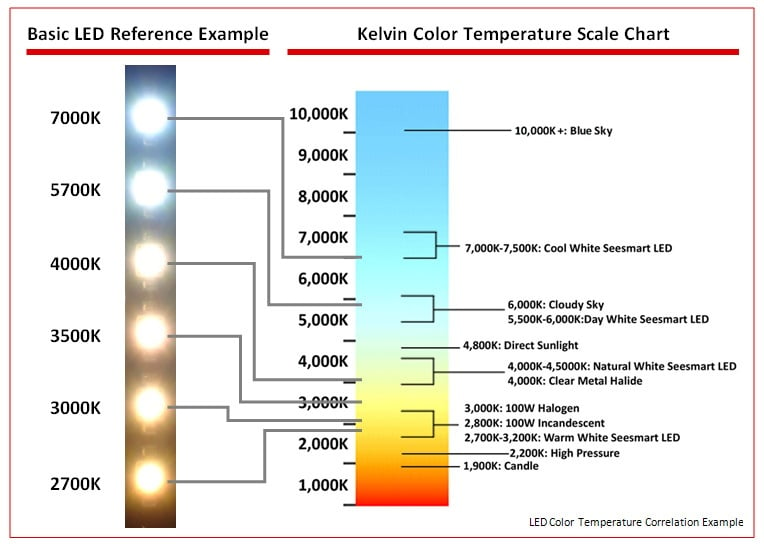
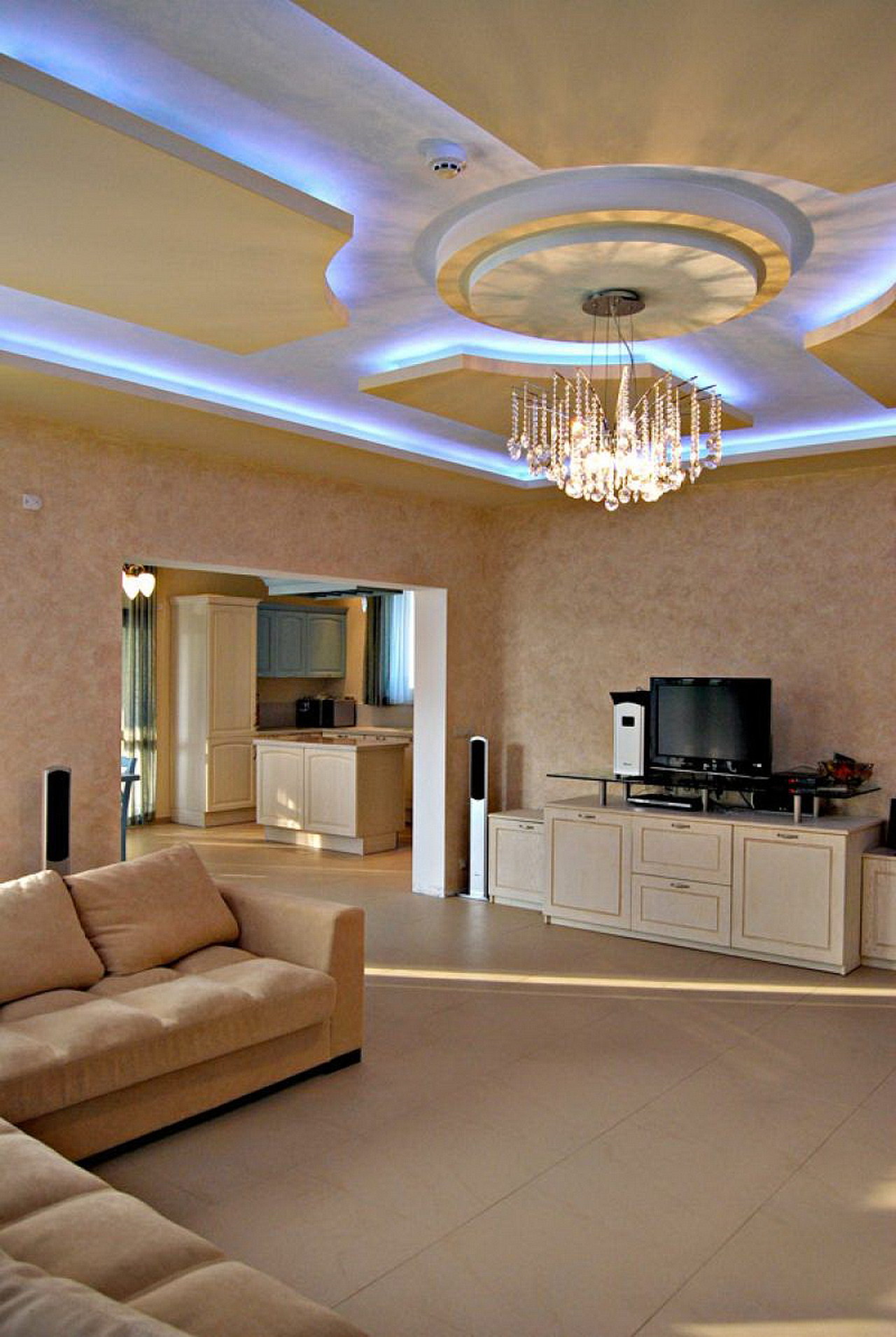
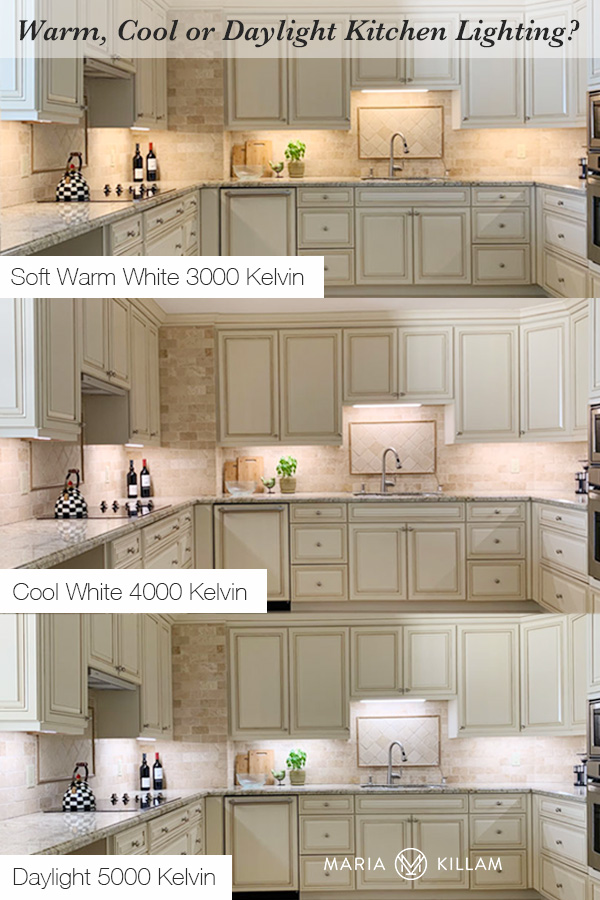

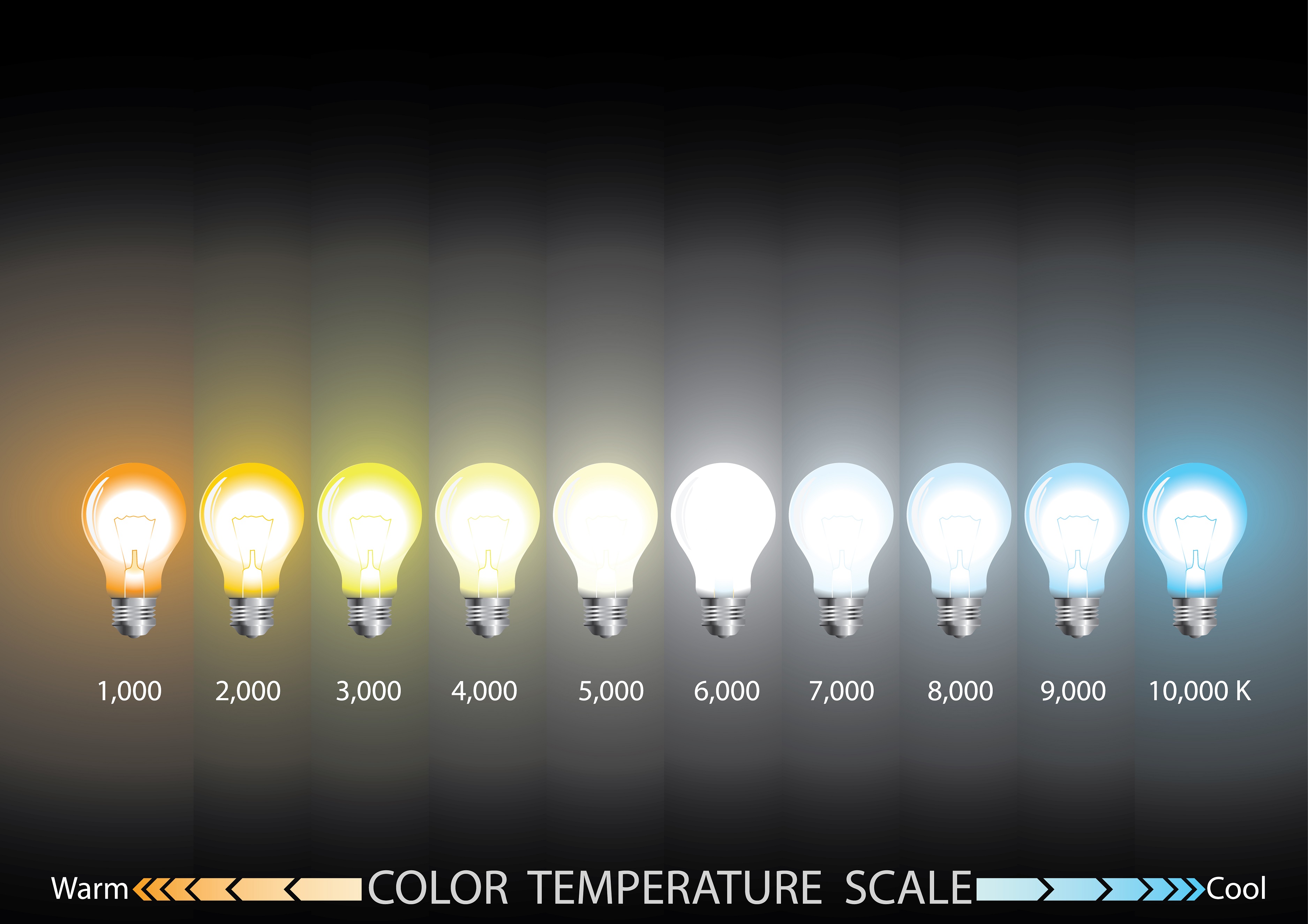





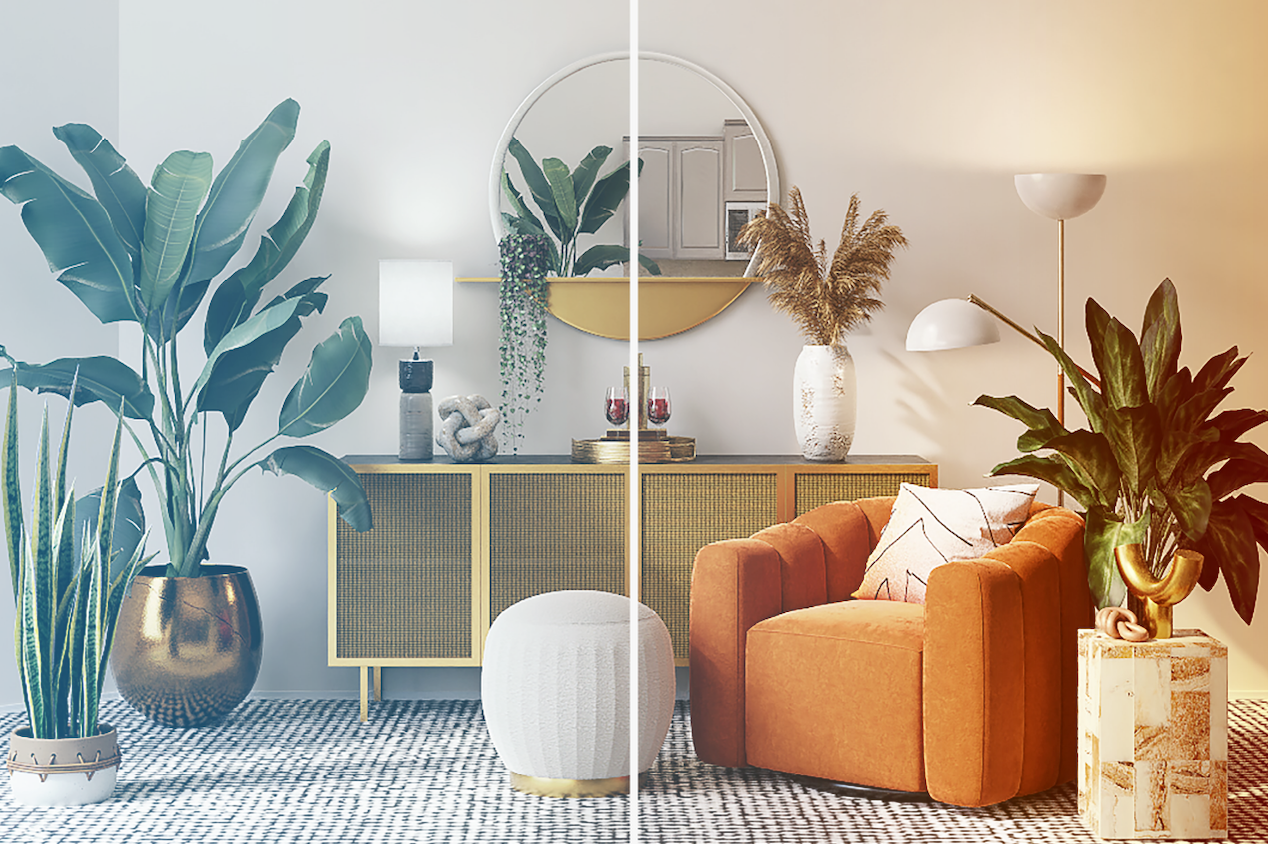





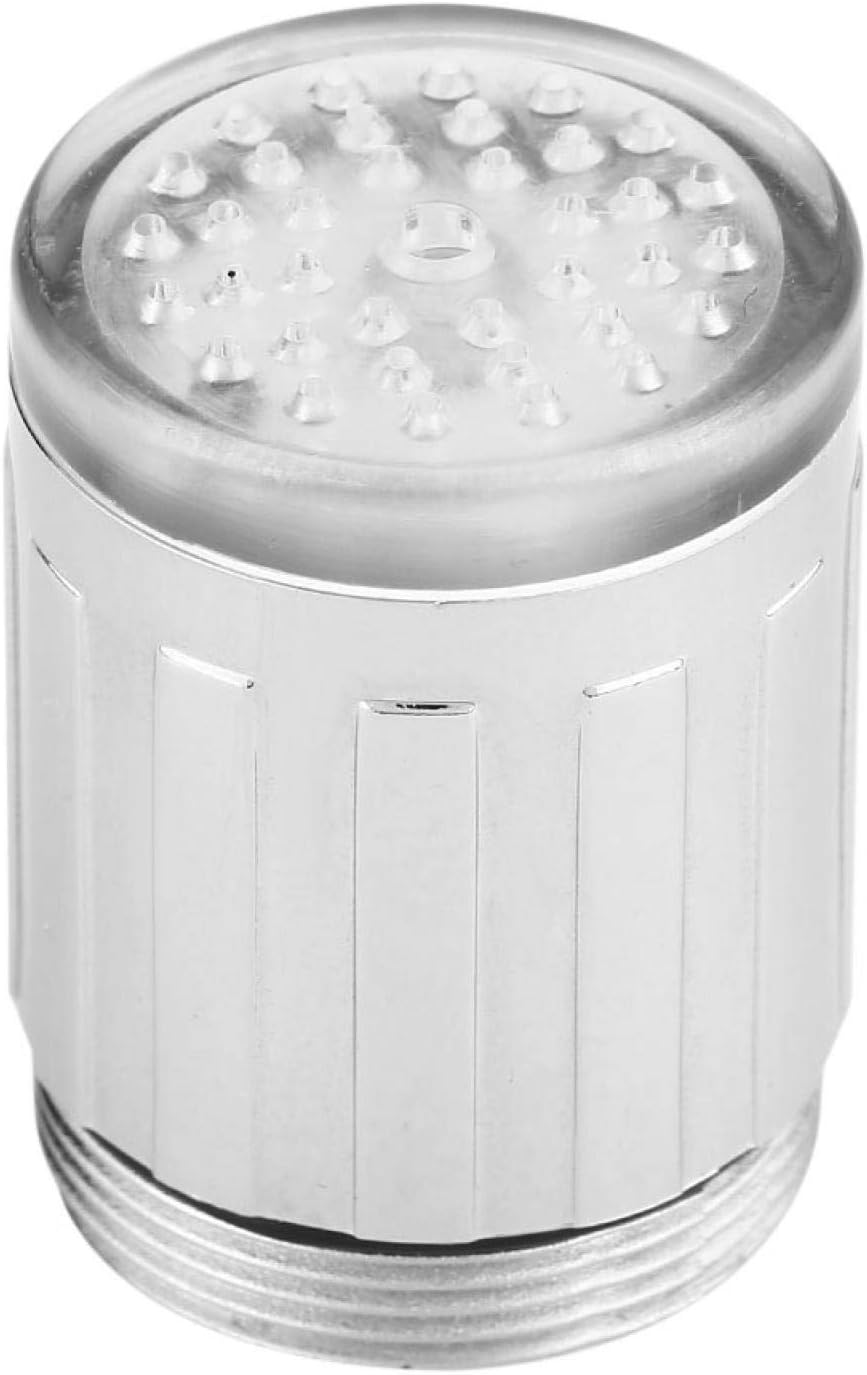
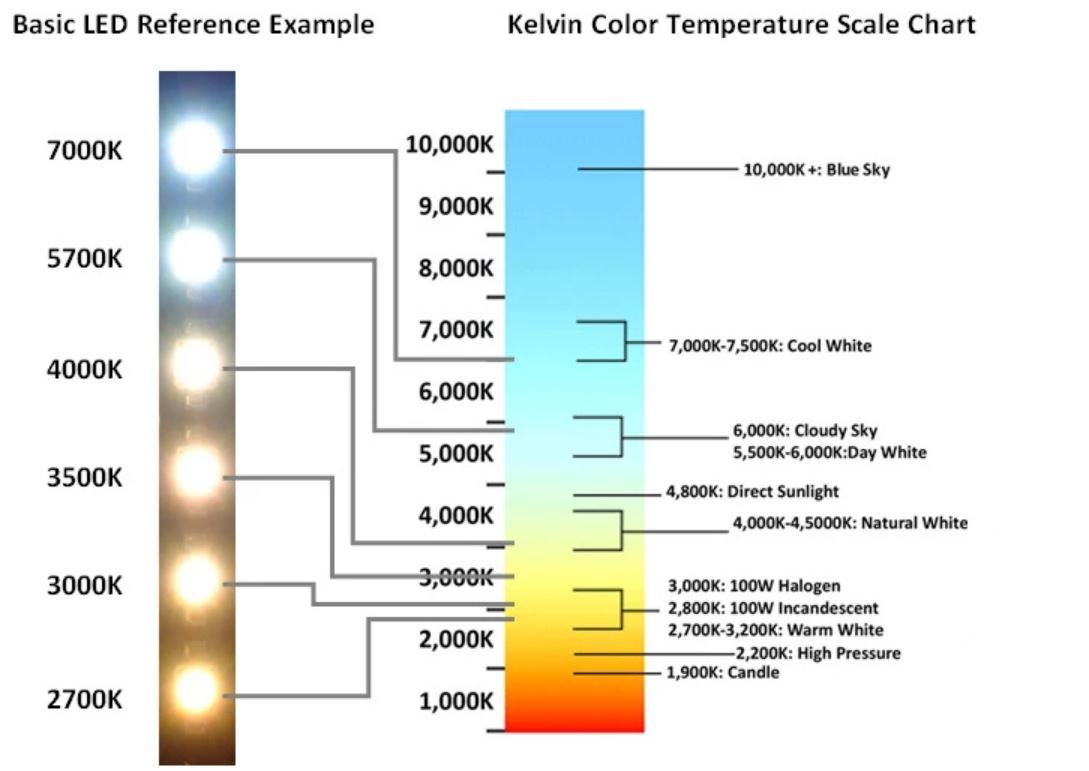
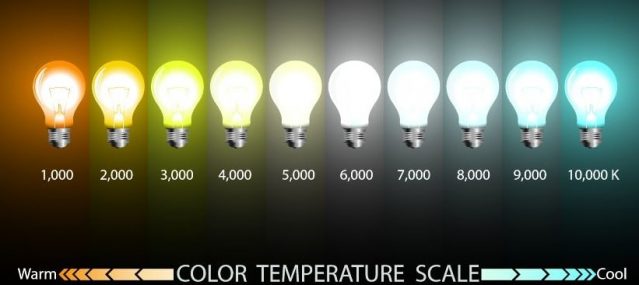
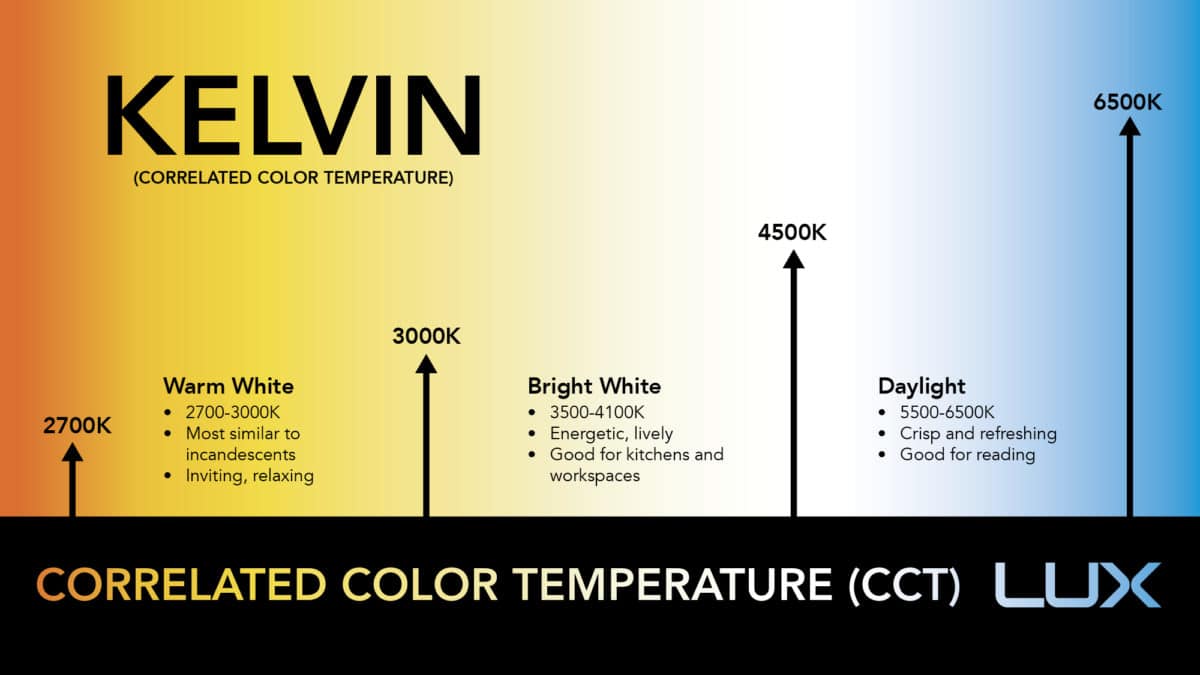





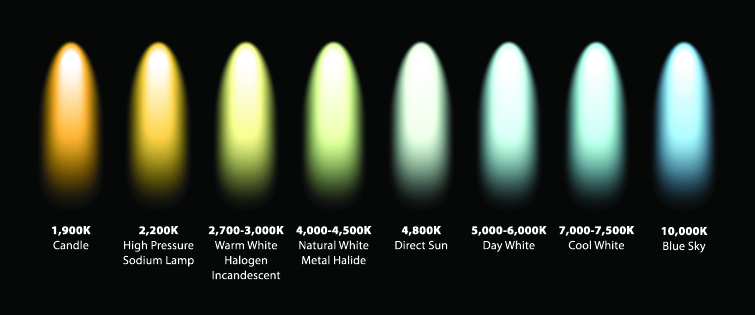




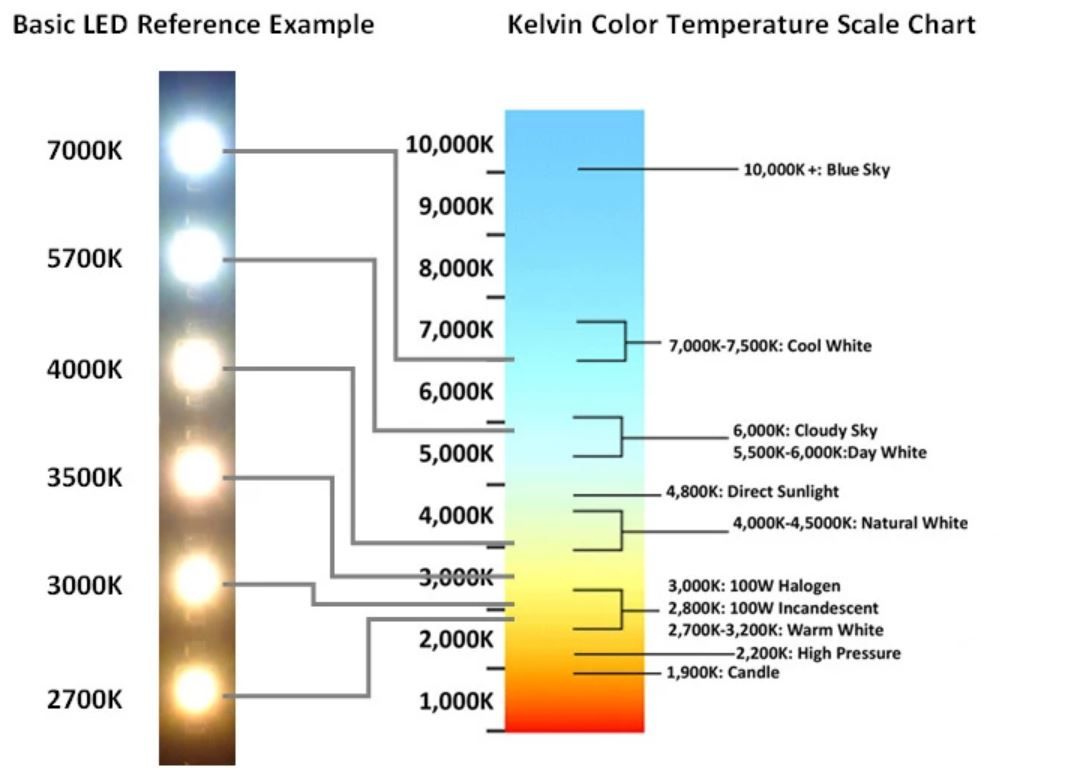
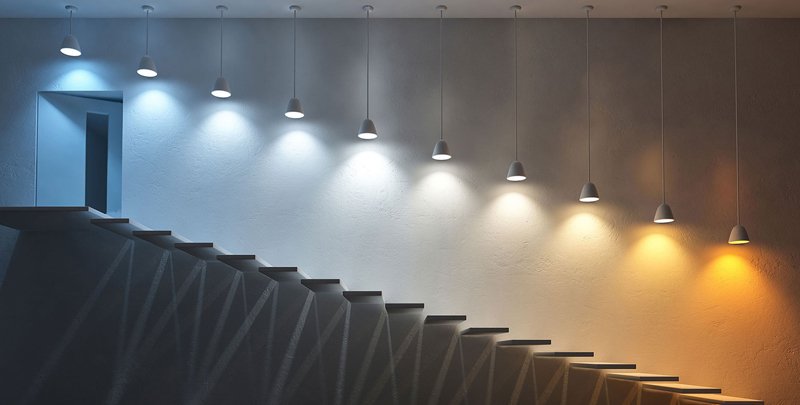
 (1)_nvygb.png)

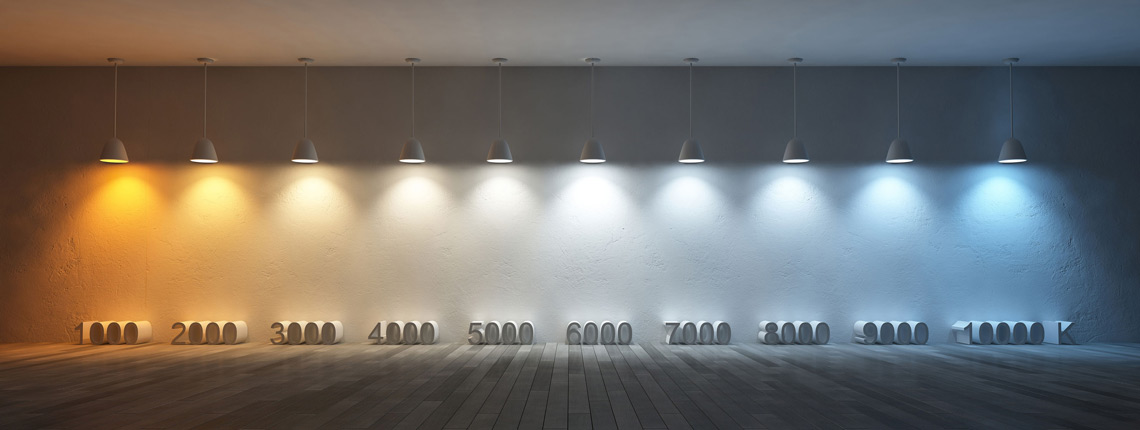
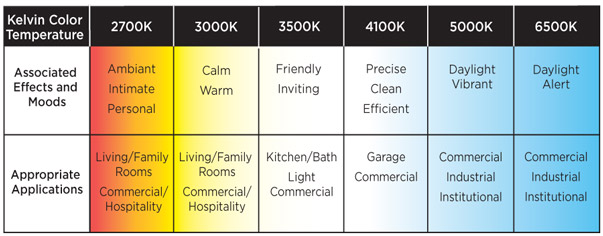

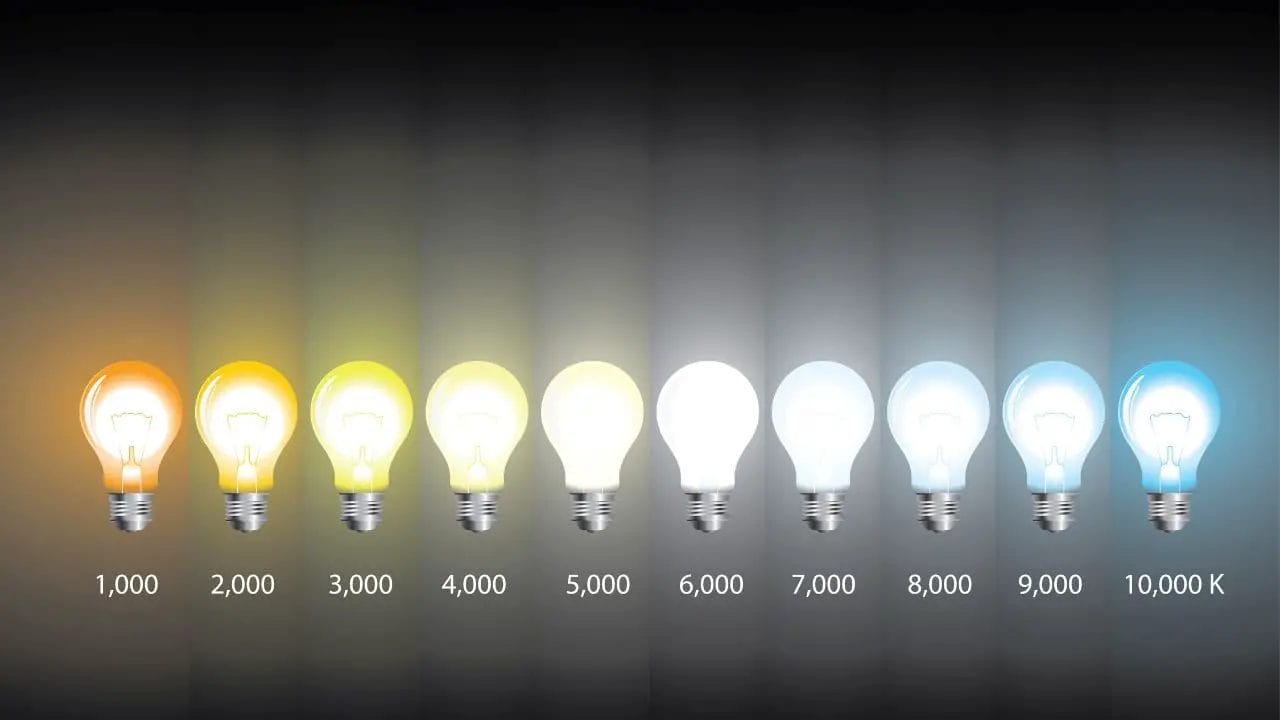









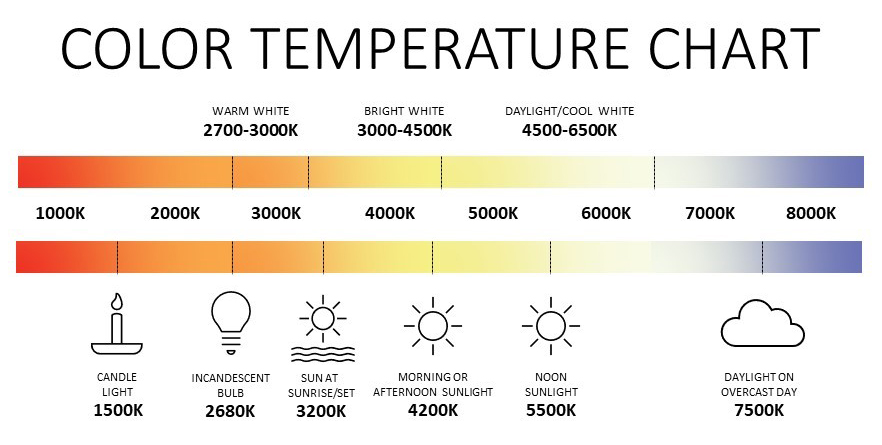



/living-room-lighting-ideas-4134256-01-2f070b6071444f1197ad5ca56d9e6678.jpg)
